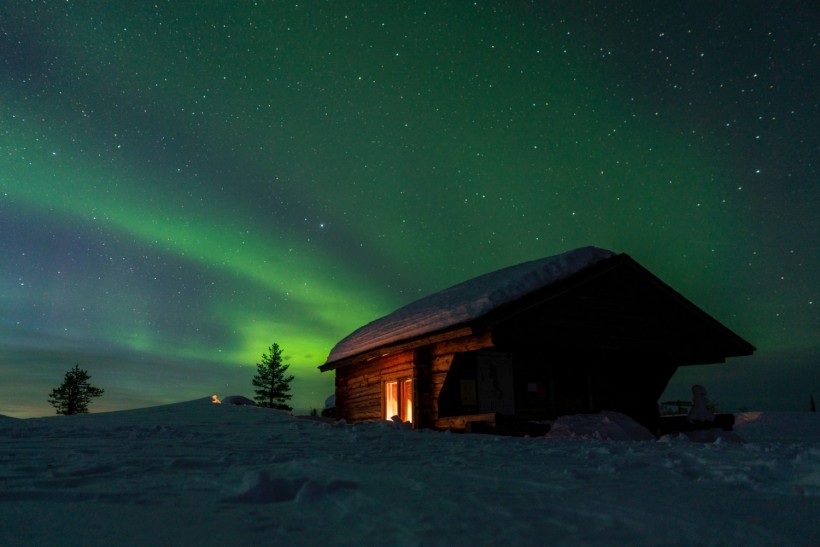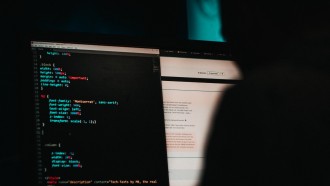Astrophotography has a special heart for those people who love stargazing and for those who want to witness the beauty of the skies.
Typically, many have been using mobile cameras to capture these astro images. However, if you want to elevate your experience in this field, you might want to consider the best cameras available.
Check this list so you can pick which option is the best when it comes to performance, price, specs, and more.
Best Cameras For Astrophotography

(Photo : Hendrik Morkel from Unsplash)
Here are the best cameras to use for astrophotography.
Before diving into the best astrophotography cameras, let's first have a brief discussion about the things you need to consider before purchasing a camera.
First, you need to be aware of the camera's ISO and pixel scaling. You can be playful in tweaking the camera's settings and lens, but make sure it's within your standards.
You should note that a higher resolution file will need more processing power. This could disrupt the camera's workflow if you're currently capturing an image.
You can save some power in some cases by downgrading the camera to a lower resolution. Some cameras are budget-friendly, while others are expensive. You need to first look at what works best with your style and preference.
Nikon D850
Shooting 4K videos is possible with a Nikon D850 DSLR. It features a top-notch image sensor with 45.7 megapixels. This is perfect if you want to snap a very detailed image of the stars or the clear night's sky.
Although some people struggle to use it for night viewing, it has another component that solves this issue--the rear tilting touchscreen.
You have the freedom to capture the astro images at a faster rate. You can take advantage of its full button illumination that works best for dark subjects. You don't need a headlamp just to see things clearer.
Pros
- Big resolution suited for detailed shots
- Durable and perfect weather sealing
- Natively compatible with F-mount lens
Cons
- Very bulky compared to the mirrorless camera
- Has optical viewfinder
- Has low ISO range
Canon EOS 6D MK2
There's a first model of this astrophotography camera that is cheaper, but if you're looking for a better camera of its kind, you can look for Canon EOS 6D MK2.
Its selling feature is its 4K timelapse mode, which allows you to shoot a high-quality image, especially during nighttime. What's more, is that it's affordable compared to other options in the market.
Another thing is that its handy vari-angle touchscreen display is appealing to astrophotographers who want to stretch the scene behind the lens.
Unfortunately, this camera lacks many features that modern cameras contain nowadays. It does not fully capture a clip at 1080p. However, the 60fp recording is still potential for this budget-friendly camera.
Pros
- 4K time-lapse mode
- Very affordable
- Handy vari-angle touchscreen display
Cons
- Low dynamic range
- 4K video recording is not available
- Limited card slot for SSD
Related Article: Astrophotography Quick Guide: How To Photograph Planets
ZWO Optical ASI533 Pro
Some astrophotographers have an obsession with yielding results out of clean shooting. This is achievable with the help of ZWO Optical ASI 533 Pro, which boasts zero amp glow.
Apparently, this camera does not allow RGB filters upon usage. You can make up for its 20 20FPS frame rate for rapid image shooting. Additionally, it is 80% Quantum Efficiency is what you need for more polished shots.
Pros
- 80% Quantum efficiency
- Zero amp glow Quick
- 20FPS frame rate
Cons
- No monochrome version
- Awkward CMOS sensor
Read Also: Top 5 Best Telescopes For Newbies For 2021 Featuring Celestron, Meade, Sky Watcher
This article is owned by Tech Times
Written by Joseph Henry





